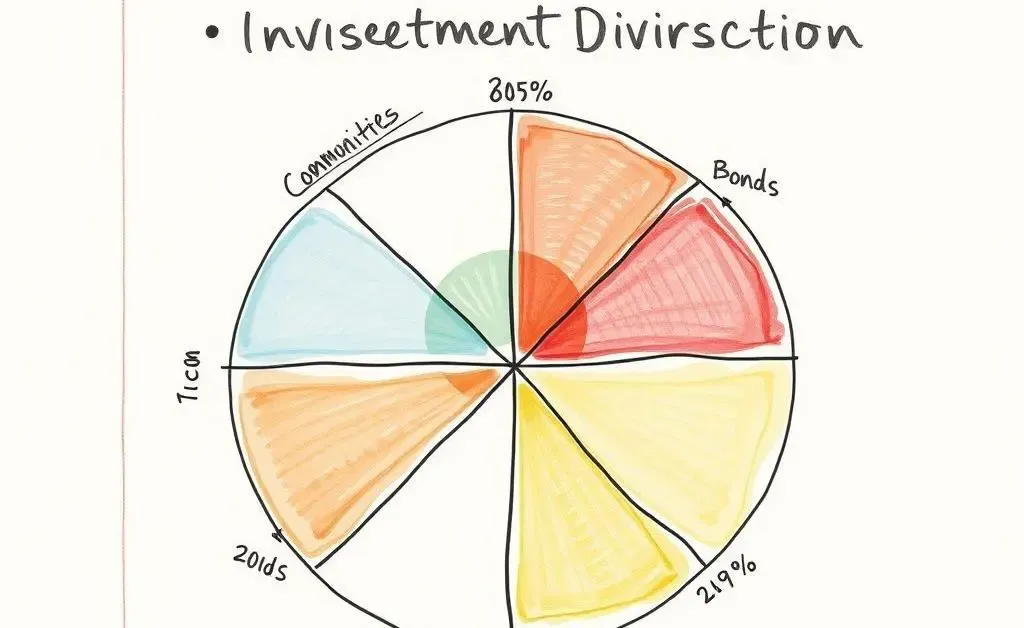How to Build a Resilient Investment Portfolio
Discover practical tips to create a resilient investment portfolio for beginners.

Building a resilient investment portfolio is the cornerstone of achieving long-term financial goals. Whether you're just starting out or looking to refine your strategy, having a well-thought-out investment plan is crucial. Let's dive into some practical tips to get your portfolio in shape.
Why Diversification Matters
You may have heard the saying, 'Don't put all your eggs in one basket.' This age-old wisdom holds true for investing as well. Diversification is a critical strategy that involves spreading your investments across different asset classes like stocks, bonds, and real estate to reduce risk.

How to Diversify Your Portfolio
Creating a balanced portfolio doesn't have to be complicated. Consider allocating your investments based on your risk tolerance and time horizon:
- Stocks: Generally offer high growth potential but come with higher volatility.
- Bonds: Provide more stable returns and can act as a buffer against stock market downturns.
- Real Estate: Offers diversification benefits and potential income through rent.
Setting Financial Goals
Before diving into investment options, it's essential to determine your financial goals. Are you saving for retirement, a child's education, or a big purchase? Clear goals will guide your investment choices and timelines.

Regular Portfolio Reviews
After setting up your portfolio, regular reviews are essential to ensure your investments remain aligned with your goals. Adjust as needed based on life changes or market conditions, but try to avoid knee-jerk reactions to market fluctuations.

Conclusion: A Portfolio for the Long Haul
Building a portfolio that can withstand market ups and downs is a journey that involves continuous learning and adjustments. But remember, it's a marathon, not a sprint. Take the time to review your strategy, stay informed, and keep focused on your long-term goals. What's your biggest concern when building your investment portfolio? Let's chat in the comments below!




